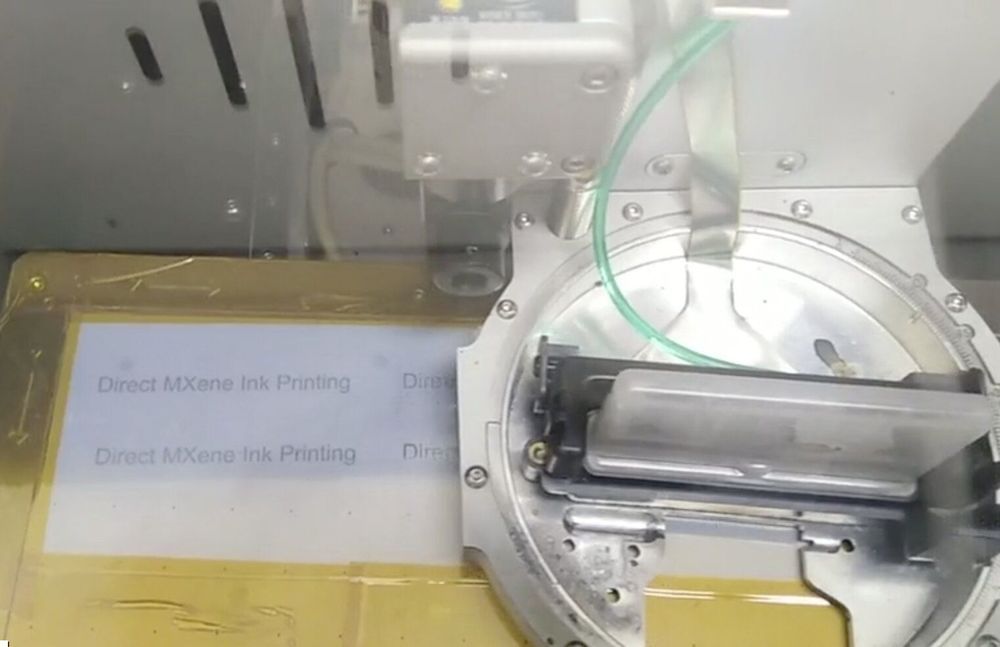Researchers from Drexel University and Trinity College in Ireland, have created ink for an inkjet printer from a highly conductive type of two-dimensional material called MXene. Recent findings, published in Nature Communications, suggest that the ink can be used to print flexible energy storage components, such as supercapacitors, in any size or shape.
Conductive inks have been around for nearly a decade and they represent a multi-hundred million-dollar market that is expected to grow rapidly into the next decade. It’s already being used to make the radiofrequency identification tags used in highway toll transponders, circuit boards in portable electronics and it lines car windows as embedded radio antennas and to aid defrosting. But for the technology to see broader use, conductive inks need to become more conductive and more easily applied to a range of surfaces.
Yury Gogotsi, Ph.D., Distinguished University and Bach professor in Drexel’s College of Engineering, Department of Materials Science and Engineering, who studies the applications of new materials in technology, suggests that the ink created in Drexel’s Nanomaterials Institute is a significant advancement on both of these fronts.
